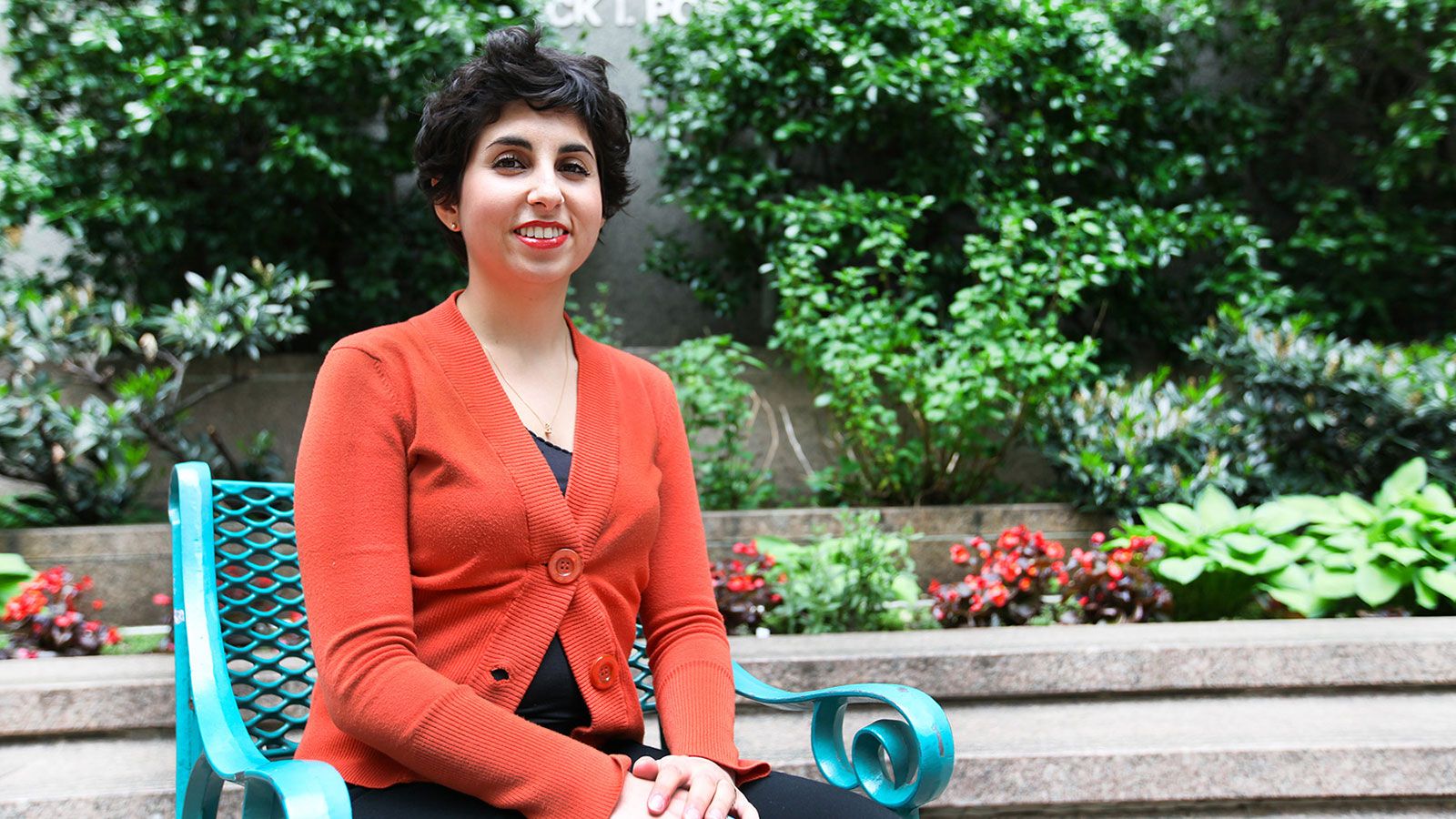My Story
Art is big. It’s one big set of questions about the world that you can't ask in any other way. In art history we may work toward finding answers, but at the end of the day, there are so many different ways to define art and to talk about art, or artists, that it’s in constant development, and it doesn’t really have a lot of concrete answers. My thesis is about Franz Roh, a German modernist, art historian, art critic, and artist who coined the term “magic realism”; and specifically about a photo book he created. I started discovering his photographs and was immediately drawn by this seemingly unexplainable quality that made his photographs feel so unique, yet looked very similar to other photographs by well-known photographers at the time. I had the chance to look at these photographs unframed in the backrooms of the MET. When you see something in a gallery space, it's kind of like in this rarified setting, but when you are that close to the object, you're able to have this really intimate experience and search deeper into the enigma of the art.
The work was almost spooky, which was typical of other work from the 1920s, but it still had this different life to it. I told myself, "there must be something about this artist, something that I can try to pinpoint that brought him to make something that looks so strange.” The '20s through the '40s in Germany was a locus for new developments in photography and print culture. Germany and in Eastern Europe at that time were teeming with international exchange and so many weird political changes between World War I and World War II. But with Franz Roh, I didn’t find any real political reasons for him to create work this way, or even to promote modern art the way he did. But I did find that Roh was not only a co-editor of the book, but he was its biggest author, which is interesting because he has not been studied much as an artist. It was obvious that he had developed a technique to translate his scholarly theory of magical realism to what I felt was the deceptiveness of these photographs. Another interesting tangent to this story is that he wrote the book in 1925 and the first language it was translated into was Spanish, in 1927. I haven’t gotten too deep into it, but it definitely influenced Latin America and its artistic movement of magic realism. His work is a perfect example of art offering different ways of asking questions about the world and having effects on the real world because of it. I think there's this magic in the experience that you have when you encounter a work of art and don’t understand it right away. I enjoy the challenge of getting to know the work and I think the questions that you ask should come from the experiences you have -- it should all come from the art. As a society, one challenge we face is trying to find a place for art to fit in our lives. I’m still figuring out where exactly that is. But whether that's in a museum, some kind of nonprofit public arts wing, or helping artists have their work shown in the business sector, my greater goal is to help artists communicate with the public, and use their work to make suggestions about how we can move forward as humanity.

